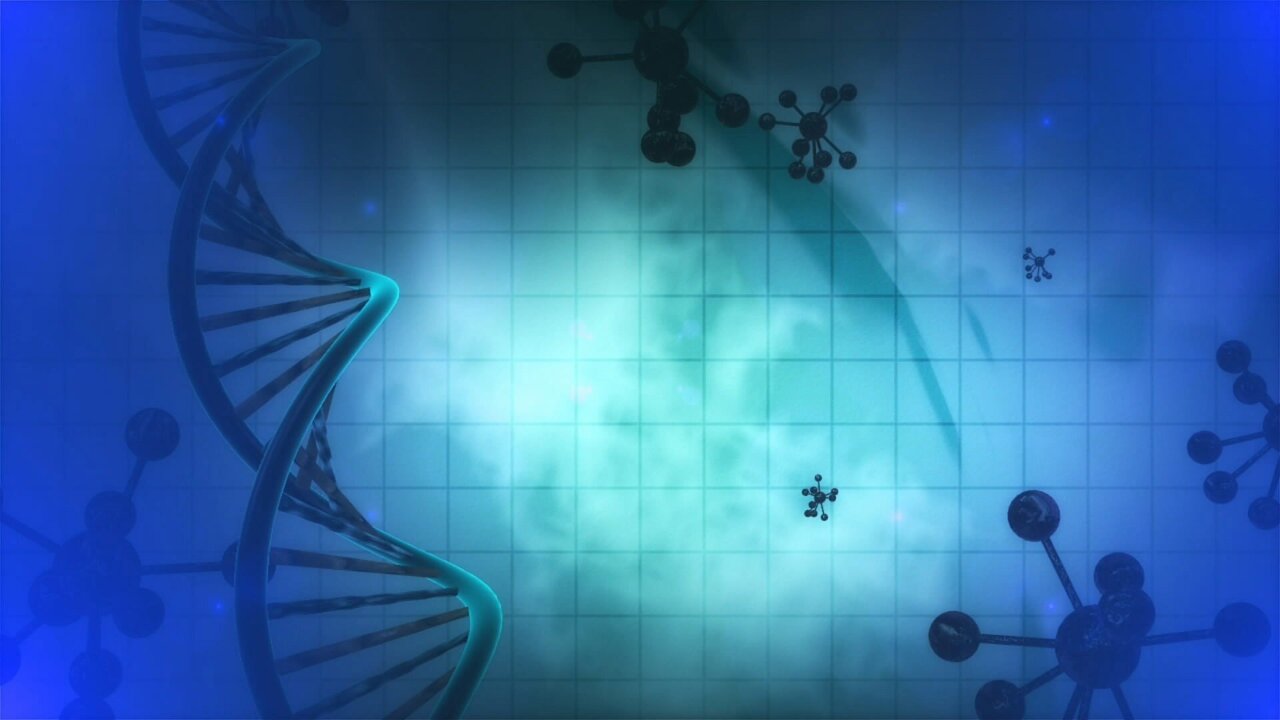The Protein Blueprint: How mRNA Gets Its Final Shape

In order for a so-called “messenger RNA” (mRNA) to be produced in human cells from a precursor molecule, proteins must interact in a complex manner. mRNA serves as a blueprint for protein; the first coronavirus vaccines were also based on mRNAs. A team from Martin Luther University Halle-Wittenberg (MLU) and the Max Planck Institute (MPI) of Biochemistry in Martinsried has uncovered the precise mechanism of an important final step in the production of mRNA. The findings were published in the journal Genes & Development. Proteins are in charge of all of the body’s vital processes. In a sense, the genes in the human genome serve as blueprints for them. However, before new proteins can be created, an intermediate step is required: “The DNA must first be transcribed: A chain-like precursor RNA that is an exact copy of the DNA is produced. Following this, several steps are required to produce mature mRNA.
This process is required for the cell to produce new proteins “Professor Elmar Wahle of MLU led the team, along with Professor Elena Conti of the MPI of Biochemistry, an expert in structural biology. In this complex process, there is no room for error—even minor changes in the structure of a protein can impair its function and lead to disease development.

“Not only does mRNA determine the structure of a protein, but it also determines how much of it is produced. As a result, it is critical that its structure be precisely controlled “Wahle continues. Scientists are already aware of the proteins involved in reading and transcribing DNA into precursor RNA. However, until now, an important sub-step in the process of producing mature mRNA was only vaguely understood. First, the mRNA precursor chains are cleaved at a specific point to produce uniform products. A long molecular chain, known as the poly(A) tail, is then attached to one end of the strand. This prevents the mRNA from being directly degraded in the cells and is also necessary for protein synthesis.
The researchers from Halle and Martinsried collaborated to look more closely at the final stages of mRNA production. To accomplish this, the MLU team first replicated the process in a test tube. The scientists had to choose the best proteins from a pool of 80 candidates. Before both reactions could occur, they had to be mixed in the proper ratio with the precursor RNA. MPI researchers used cryo-electron microscopy to investigate the process in greater depth. “We basically replicated the conditions in a normal cell,” Wahle explains, “although the natural process is probably even more complex.” The final molecules are made up of sixteen proteins.

“The process is universal,” says Felix Sandmeir of the MPI of Biochemistry. “It affects every cell and every mRNA molecule in the body.”In contrast to the human cell, the process used to create the Pfizer/Biotech and Moderna vaccines is much simpler: “The mRNA is created according to the same principle, but in contrast to the human cell, very simple enzymes are used and the complicated conversion of a precursor into the mature mRNA can be avoided,” says Wahle.








